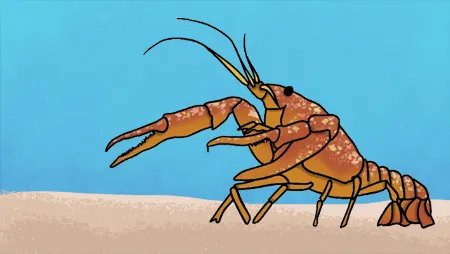Nikola Tesla practically invented the 20th century. He gave us alternating current, wireless radio, x-rays, radar, hydroelectric power, and transistors.
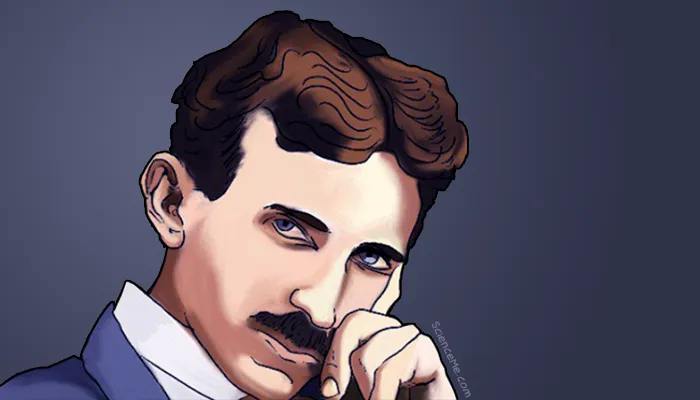
But the troubled Tesla had a host of obstacles to overcome—and reinvesting all his profits into new inventions made life extraordinarily difficult on several occasions. This is the story of Nikola Tesla and how he came to be one of the most under-rated inventors of modern history.
"In the twenty-first century, the robot will take the place which slave labor occupied in ancient civilization." - Nikola Tesla
Tesla's Early Life
Born during an electrical storm in 1856 in the Austrian Empire—now modern day Croatia—Nikola Tesla was curious from the start. He pondered the little static shocks he got from stroking his cat, Macak, and drew comparison to the summer lightning storms that threaded the sky. It was as "if nature was like a giant cat," he recalled in his memoirs years later.
His father, Miluten, was an Orthodox priest, while his mother, Duka, had a knack for making craft tools and mechanical appliances for the home. She also boasted an eidetic memory which she passed on to her son.
"It is not true, as Descartes taught, that the brain is an accumulator. There is no permanent record in the brain, there is no stored knowledge. Knowledge is something akin to an echo that needs a disturbance to be called into being." - Nikola Tesla
The young Nikola had some unusual quirks, perhaps early signs of his OCD. He refused to touch anyone's hair, and was drawn to shiny objects and jewellery. He compulsively calculated the cubic content of his food, and counted his steps wherever he went.
Tesla experienced vivid synaesthesia linked to his photographic memory. In My Inventions: The Autobiography of Nikola Tesla he describes how certain words triggered visions to flash into his mind. Vivid as it was, he couldn't always tell whether the images were real or imaginary.
The fourth of five children, Nikola's older brother, Dane, died in a horse riding accident when Nikola was five. He was witness to the accident and some claim it was him who spooked the horse.
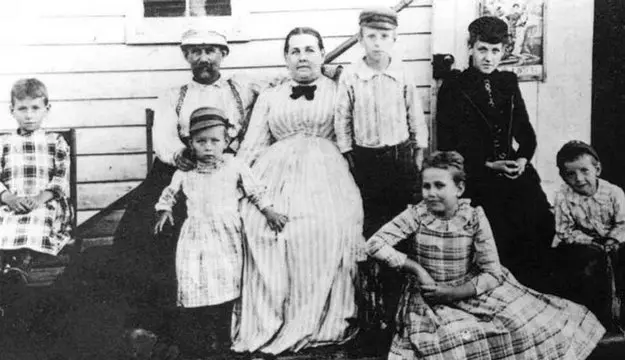
Tesla's parents, Milutin and Duka, with their children.
At high school, his interest in electricity was inspired by his physics teacher, whose demonstrations of "mysterious phenomena" made him want to "know more of this wonderful force".
"Our senses enable us to perceive only a minute portion of the outside world." - Nikola Tesla
Dark Days
After graduating from high school in 1873, Tesla returned to his hometown and promptly contracted cholera.
It was a terrible time for Tesla, leaving him bedridden for nine months, and bringing him close to death on several occasions.
"People knew nothing of the character of the disease and the means of sanitation were of the poorest kind. They burned huge piles of odorous shrubbery to purify the air, but drank freely of the infected water and died in crowds like sheep." - Nikola Tesla
After recovering from his extended illness, he evaded conscription to the Austro-Hungarian Army by running away to the mountains. He later explained how his time spent in nature made him both physically and mentally stronger.
"[Cholera] was an agonizing experience, not so much because of physical suffering as on account of my intense desire to live. On the occasion of one of the fainting spells my father cheered me by a promise to let me study engineering... My father kept his word, and in 1877 I entered the Joanneum in Gratz, Styria, one of the oldest technical institutions of Europe." - Nikola Tesla
Tesla enrolled at the college on a scholarship and achieved the highest grades possible in twice the required number of subjects. The dean wrote to his father: "your son is a star of the first rank".
Tesla worked furiously, from 3am until 11pm every day. But his exuberance led to burn-out in his second year. He became addicted to gambling, playing cards for 48 hours in a single stretch. He soon lost his scholarship altogether.
Humiliated by his failure to graduate, Tesla cut all ties with his family and moved to Maribor. His friends believed he had died, perhaps by drowning in the Mur River. In fact, he had suffered a nervous breakdown.
Only when he was accosted by police for lack of a residence permit was Nikola forced to return to his hometown and face his family.
But it was the start of another terrible chapter for Nikola. Three weeks after returning home, his father died from a sudden illness, likely a stroke.
"The human being is a self-propelled automaton entirely under the control of external influences. Wilful and predetermined though they appear, his actions are governed not from within, but from without. He is like a float tossed about by the waves of a turbulent sea." - Nikola Tesla
Tesla's Career
His career took off at the age of 25, when, in 1881, Tesla took to Budapest to work at the telephone exchange. He was soon promoted to chief electrician, making improvements to the station equipment and perfecting an amplifier.
Next, he took a job at the Continental Edison Company in Paris. At the forefront of a new industry, Tesla's job was to install indoor incandescent lighting citywide. His advanced knowledge of engineering and physics didn't go unnoticed and he was recruited to build improved dynamos and motors.
"Instinct is something which transcends knowledge. We have, undoubtedly, certain finer fibers that enable us to perceive truths when logical deduction, or any other willful effort of the brain, is futile." - Nikola Tesla
By 1884, Tesla was transferred across the Atlantic Ocean, to work at the Edison Machine Works in Manhattan's Lower East Side. His first time in America, he described the culture shock as a "painful surprise".
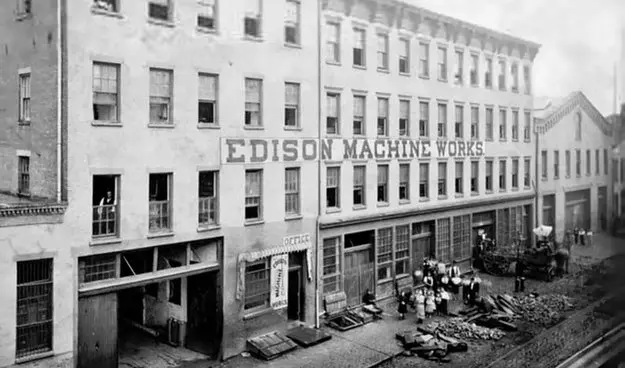
The Edison Machine Works factory in Manhattan.
One of his projects was to develop an arc lamp-based street lighting system. He did so successfully, albeit with a voltage too high to be compatible with Edison's limited low-voltage system. Tesla's lighting solution never went into production.
After disputes with Thomas Edison over bonus pay for creating such inventions, he quit after six months and began freestyling his career as an inventor and engineer. The animosity between Tesla and Edison would never cease, and Edison's cut-throat competitive nature haunted Tesla for the rest of his days.
"Being an honest man himself, Tesla trusted nearly everyone he met... and almost all of them ripped him off." - Robert Lomas, Tesla's biographer
Going Solo
"The scientific man does not aim at an immediate result. He does not expect that his advanced ideas will be readily taken up. His work is like that of the planter—for the future. His duty is to lay the foundation for those who are to come, and point the way. He lives and labors and hopes." - Nikola Tesla
Tesla began work on patenting his original arc lighting system and secured finance to start his own company, the Tesla Electric Light & Manufacturing.
Soon, though, his private investors found the industry too competitive. They failed to see the potential in his inventions; namely alternating current (AC) motors and electrical transmission equipment.
Instead they only saw value in utilities. They dropped the manufacturing arm and abandoned Tesla's company to form their own utility business.
Tesla was left penniless and patent-less, for he'd signed his arc lighting patents over to the company in exchange for stock.
"Of all the frictional resistances, the one that most retards human movement is ignorance, what Buddha called 'the greatest evil in the world'." - Nikola Tesla
It was another low for Tesla as he was relegated to working as an electrical repairman and ditch digger for $2 a day.
"[In 1886] my high education in various branches of science, mechanics and literature seemed to me like a mockery." - Nikola Tesla
The following year, Tesla made a comeback. He found new private investors experienced in profiting from novel inventions. Together they formed the Tesla Electric Company where Nikola developed an AC induction motor.
The AC power system was already gaining massive ground in Europe and the US for its ability to transmit high voltages across long distances. Tesla's motor used a novel principle of polyphase current, which generated a magnetic field to turn the motor.
Tesla's AC induction motor accelerated the wheels of progress and kick-started the second industrial revolution by significantly improving energy generation efficiency. Today, the same design is used as the main power generator in industry and household appliances.
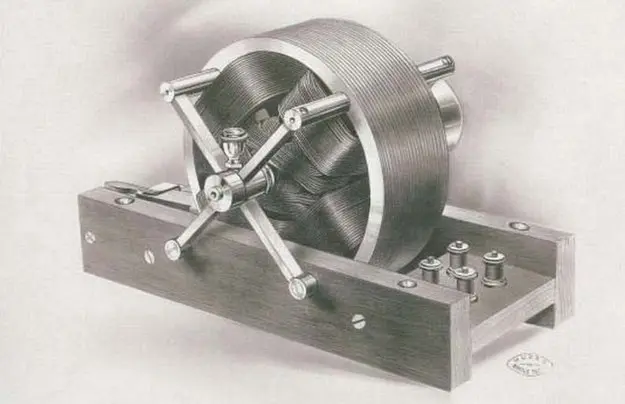
Nikola Tesla's AC induction motor (1888) remains one of the most important inventions in modern history.
"Invention is the most important product of man's creative brain. The ultimate purpose is the complete mastery of mind over the material world, the harnessing of human nature to human needs." - Nikola Tesla
The motor design was sold to George Westinghouse for $60,000 ($1.6 million in today's dollars) plus royalties. Tesla was also hired to work at the Westinghouse Electric & Manufacturing Company in Pittsburgh to help implement an AC system to power street cars.
The market turned, however, as competition intensified among the three big electric companies. It was a capital-intensive industry, and all were trying to undercut each other. The pressure to win-out was immense.
Tesla's ex-employer, Thomas Edison, who worked only in direct current (DC), pushed his propaganda that alternating current was dangerous. He famously electrocuted animals in the street, including dogs, horses, and one Topsy the elephant, in an attempt to publicly discredit the superior AC technology.
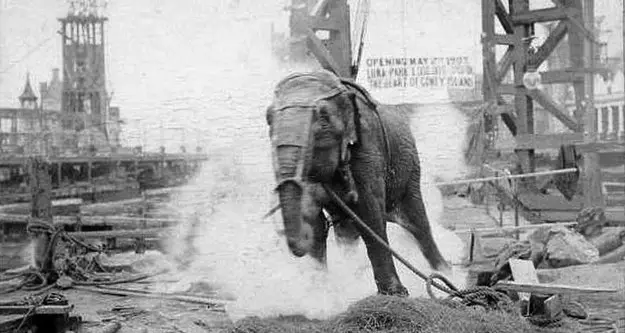
Thomas Edison electrocutes an elephant as part of his smear campaign against alternating current.
After brainwashing the general public, torturing animals to death, and generally holding back technological progress, Edison's scheme finally collapsed. The truth prevailed and alternating current won the market.
Westinghouse would later pay Tesla $216,000 ($5.9 million today) for the royalty-free component of his polyphase current motor.
The Tesla Coil
Outside of the AC-DC debacle, Nikola ran a series of independent laboratories in Manhattan to pursue his own interests. He became fascinated by electromagnetic radiation, including radio waves.
Attempting to run a Ruhmkorff coil with his own high speed alternator, he discovered the high frequency current overheated the iron core and melted the insulation.
His solution? The Tesla coil—an electrical resonant transformer circuit which used an air gap instead of insulating material.
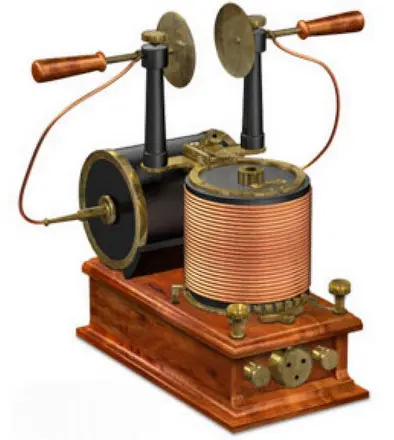
An early Tesla Coil (1891) capable of creating high voltages at low currents.
Tesla used these circuits to conduct experiments in electrical lighting, phosphorescence, x-ray generation, electrotherapy, and the transmission of electricity without wires. Tesla coils would be used commercially in wireless telegraphy until the 1920s.
"I do not think there is any thrill that can go through the human heart like that felt by the inventor as he sees some creation of the brain unfolding to success... Such emotions make a man forget food, sleep, friends, love, everything." - Nikola Tesla
Today, Tesla coils are mostly used for education and entertainment, although some small coils are still used as leak detectors for high vacuum systems.
Wireless Power and Communications
Through the 1890s Tesla experimented with power transmission without the use of wires. It was an expansion of his public demonstrations where he lit Geissler tubes and incandescent light bulbs from across a stage.
His vision was to transmit not only large amounts of power around the world—but also communications via radio waves.
One of his ideas was to conduct electricity through the Earth or atmosphere, the latter based on a common idea at the time that the atmosphere was conductive. He proposed a system of suspending giant balloons to transmit and receive electrodes in the low-pressure air above 30,000 feet.
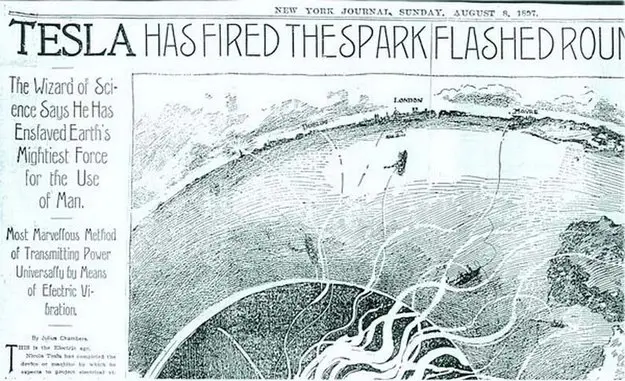
A newspaper cutting from the New York Journal.
In 1899, to explore the concept further, Tesla set up an experimental station at high altitude in Colorado Springs. He explained to reporters he was conducting wireless telegraphy experiments, transmitting signals to Paris.
He used a large Tesla coil to produce artificial lightning consisting of millions of volts and 135-foot-long discharges. At one point he accidentally burned out the generator in El Paso and caused a massive power outage.
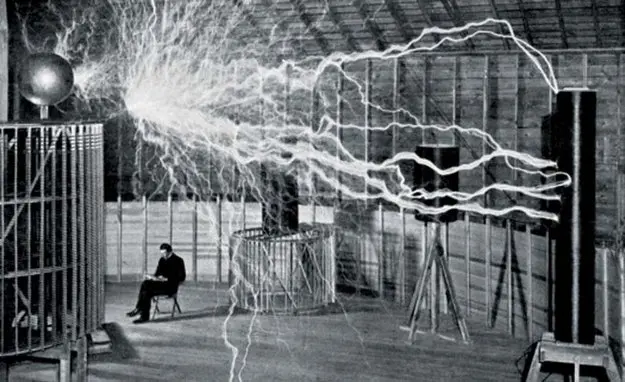
A multiple exposure picture of Tesla sitting next to his magnifying transmitter. The 23-foot-long arcs were only generated for effect and not a normal part of operation.
Talking to Martians
During his Colorado experiments, Tesla received some unusual radio signals which he speculated could be signals from another planet. The media was sensationalist even then, and jumped to the conclusion that Tesla was picking up messages from Mars.
The most likely explanation is he was receiving the transmissions of Guglielmo Marconi, a competing engineer in Europe who was conducting wireless transmission experiments for the navy. This would come back to haunt him.
The Wardenclyffe Project
Back in New York, Tesla wined and dined investors, seeking more money to commercialise what he thought would be a viable wireless transmission system.
In 1901, Tesla secured $150,000 ($4.4 million today) from the investor JP Morgan and began building the Wardenclyffe Tower facility in Long Island.
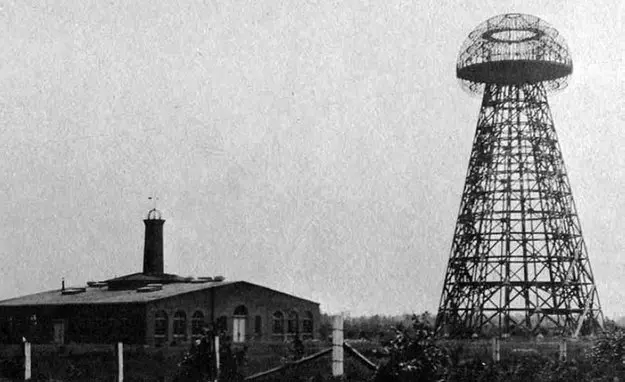
Tesla's Wardenclyffe Tower in Long Island (1902).
But this wasn't enough for Nikola.
Soon he yearned to build a more powerful transmitter that would outstrip Marconi's now-famous radio based system (which Tesla suspected was a copy of his own, based on previously published patents). He needed more money urgently to expand the build.
Morgan refused. Before the year was out, Marconi beat Tesla to the punch by sending a signal (the letter S) from England to Newfoundland. This drove Tesla crazy, who would write 50 more letters to Morgan—begging, pleading and demanding more funding for his world-changing concept.
In 1902, while Tesla was busy building his 187-foot tower, Wall Street were putting their money on Marconi. Tesla moved his lab operations into the Wardenclyffe Tower later that year, but it was already too late.
The media had turned against Tesla, slating his grand scheme as a hoax. By 1905, research at Wardenclyffe ground to a halt on the back of financial problems, and Tesla suffered another nervous breakdown.
The tower never did fulfil its destiny, and was foreclosed and later demolished to make way for more viable real estate assets.
Bankruptcy
The great inventor continued to seek funding for his wireless projects, this time by attempting to market his patents.
For instance, in 1906, on his 50th birthday, Tesla had demonstrated a 200-horsepower bladeless turbine. He later attempted to commercialise the turbine but was largely unsuccessful, except in the niche of speedometers in luxury cars.
By 1915, Tesla was effectively bankrupt, with most of his patents run out and no new inventions to commercialise.
"Money does not represent such a value as men have placed upon it. All my money has been invested into experiments with which I have made new discoveries enabling mankind to have a little easier life." - Nikola Tesla
Desperate to pursue his life's ambition, he attempted to raise money by suing the Marconi Company for infringement of his wireless tuning parents. Even today, the true ownership remains murky.
Both entities had filed their original wireless radio patents in 1897, and both designs were approved. But when Marconi filed an improved patent to his design in 1900, it was rejected on the basis that it infringed Tesla's original.
The legal action some two decades later should, then, have been a win for Tesla. But the case went nowhere.
To say that Tesla was down on his luck is an understatement.
Despite his extraordinary inventions of the past, the media and Wall Street now labelled him a lunatic and a con-man. At one low point, he'd even seen his private New York lab burn to the ground. It went with such ferocity that the entire fourth floor collapsed into the second floor, and he was left devastated by the loss of copious research notes and prototypes.
Perhaps his luck was turning when, in 1915, Tesla and Edison were touted to win the Nobel Prize in Physics.
Nope, just another blow. The honour was passed to the father-and-son team, William Henry Bragg and William Lawrence Bragg, for their work in crystal structure analysis.
Some speculated that the wealthy Edison had refused the award just to spite Tesla and prevent him from receiving his share of the prize money of $20,000 ($550,000 today). The two men never did overcome their differences and were fiercely critical of each other's work.
"[Thomas Edison's] method was inefficient in the extreme, for an immense ground had to be covered to get anything at all unless blind chance intervened and, at first, I was almost a sorry witness of his doings, knowing that just a little theory and calculation would have saved him ninety per cent of the labor. But he had a veritable contempt for book learning and mathematical knowledge, trusting himself entirely to his inventor's instinct and practical American sense. In view of this, the truly prodigious amount of his actual accomplishments is little short of a miracle." - Nikola Tesla
Tesla's Quirks
For forty years, Tesla lived in a series of hotels in New York. He had a habit of running up large expenses before moving on, leaving the unpaid bills behind him. This didn't help his reputation in the public eye, portraying a frivolous and reckless way of life.
But there were more endearing aspects to his personality. Every day, he walked to the park to feed the pigeons. He took to feeding them from his hotel room window and once spent $2,000 creating a device to heal a pigeon's broken wing and leg.
"There was one, a beautiful bird, pure white with light grey tips on its wings; that one was different. It was a female. I had only to wish and call her and she would come flying to me. I loved that pigeon as a man loves a woman, and she loved me. As long as I had her, there was a purpose to my life." - Nikola Tesla
Tesla was a polyglot, speaking eight languages, and was able to memorise complete books.
"It is paradoxical, yet true, to say, that the more we know, the more ignorant we become in the absolute sense, for it is only through enlightenment that we become conscious of our limitations. Precisely one of the most gratifying results of intellectual evolution is the continuous opening up of new and greater prospects." - Nikola Tesla
Nikola never married, viewing love and relationships as distraction from his work. He was generally asocial, although when he did engage with others, was described as having a "distinguished sweetness, sincerity, modesty, refinement, generosity, and force."
"Seldom did one meet a scientist or engineer who was also a poet, a philosopher, an appreciator of fine music, a linguist, and a connoisseur of food and drink." - Julian Hawthorne, writer and friend of Tesla
In his seventies, still living out of hotels now paid for by the Westinghouse Company, Tesla celebrated his birthday with lavish spreads of his own design. He invited the press to hear about his past exploits, latest inventions, and some frankly baffling claims.
At his 1932 event, he claimed to have invented a motor that could run on cosmic rays. The following year, Tesla claimed to be on the verge of proving a new form of energy that was "violently opposed to Einsteinian physics".
He also claimed to have designed a superweapon to end all war, a camera that could photograph the retina and record a person's thoughts, and a mechanical oscillator that could destroy the Empire State Building.
Late one night in 1937, Tesla was making his rounds to feed the pigeons when he was struck by a taxi. He broke several ribs and injured his back, although refused to see a doctor, leaving him with lifelong pain.
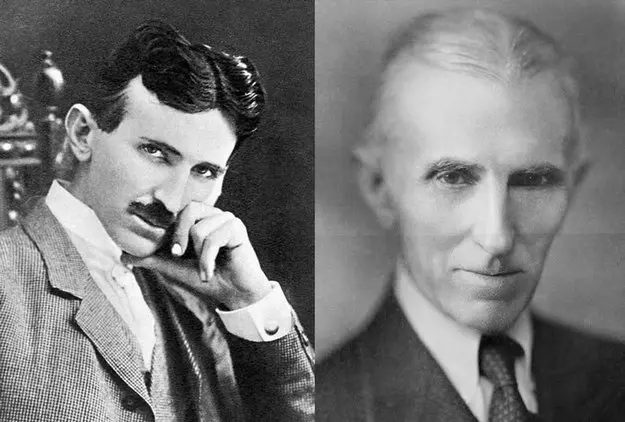
Nikola Tesla in his 20s, and later in his 70s.
The Death of Tesla
Nikola Tesla died of a heart attack in 1943 at the age of 86. He was alone in his room in the New Yorker Hotel and his body was discovered two days later, when a maid pushed past his Do Not Disturb sign.
The FBI seized Tesla's belongings in fear that he genuinely had conceptualised some new and exotic weapons. After a short investigation, nothing of any danger was found.
"[Tesla's] thoughts and efforts during at least the past 15 years were primarily of a speculative, philosophical, and somewhat promotional character often concerned with the production and wireless transmission of power; but did not include new, sound, workable principles or methods for realizing such results." - John G Trump, MIT Professor
Two thousand people attended the state funeral held for Nikola Tesla. He had lived an extraordinary life, a rags-to-riches-to-rags tale of a prolific inventor, singularly dedicated to furthering the technological capabilities of mankind.
Today his legacy lives on in the name of the world's best-known electric car, while the magnetic field strength of MRI scanners is measured in Teslas.
His genius and eccentricity saw him reach the peak of scientific achievement, yet eventually led to his downfall, leaving him to die in old age, penniless and alone.
"Let the future tell the truth, and evaluate each one according to his work and accomplishments. The present is theirs; the future, for which I have really worked, is mine."- Nikola Tesla
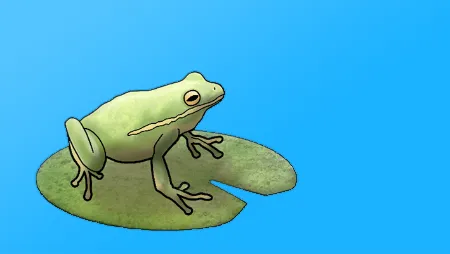
16 Giant Leaps in Animal Evolution
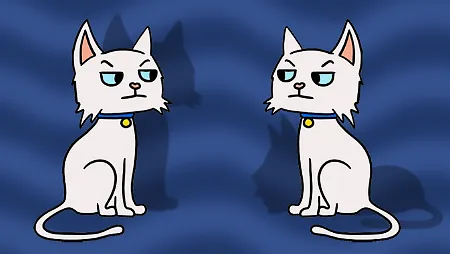
What is Schrodinger's Cat?
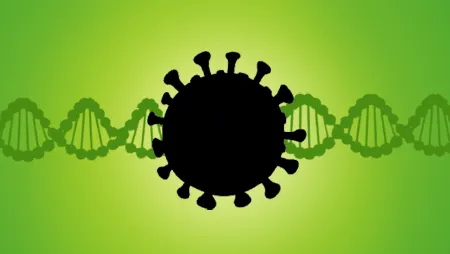
Viruses: Genes Gone Rogue
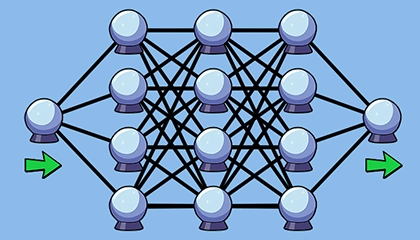
How Does ChatGPT Work?
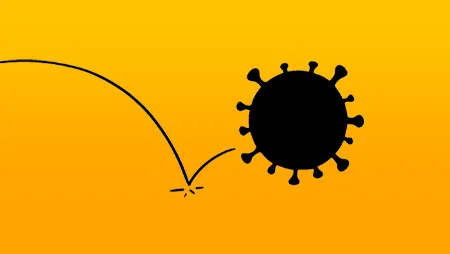
The Evolution of SARS-CoV-2
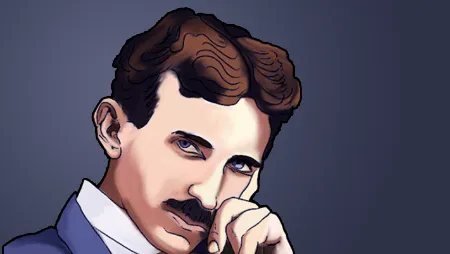
The Life of Nikola Tesla
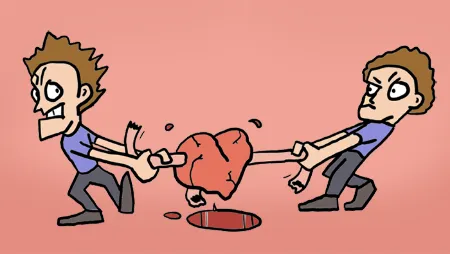
Who Owns Your Organs?
